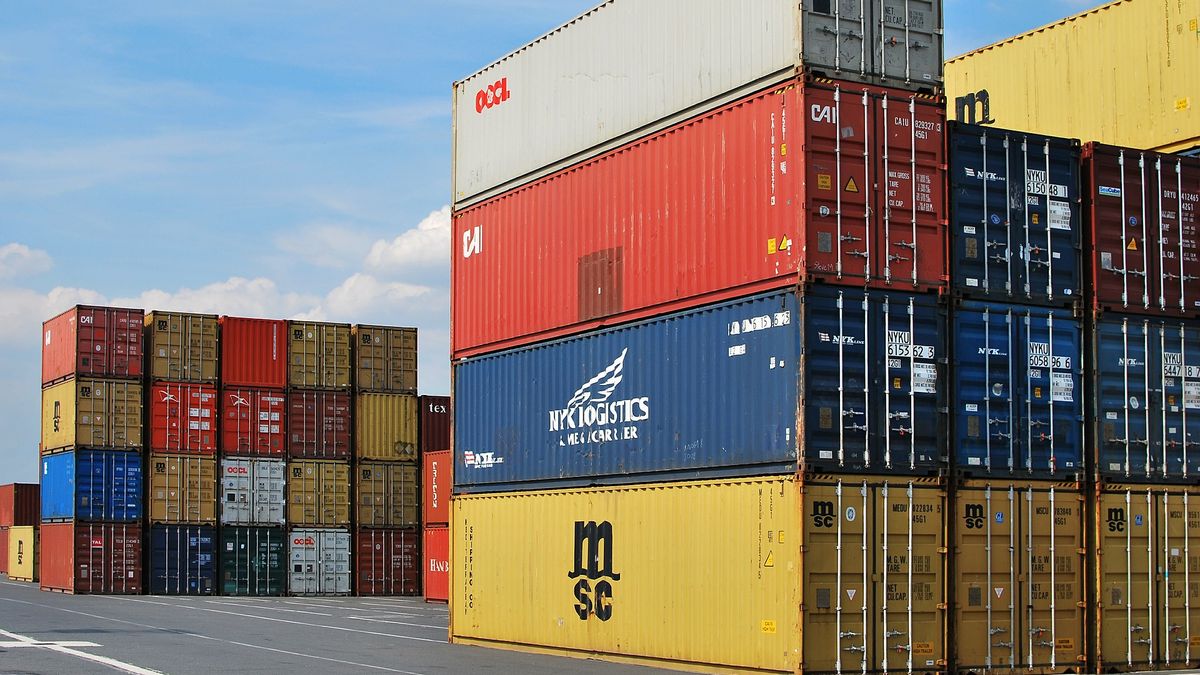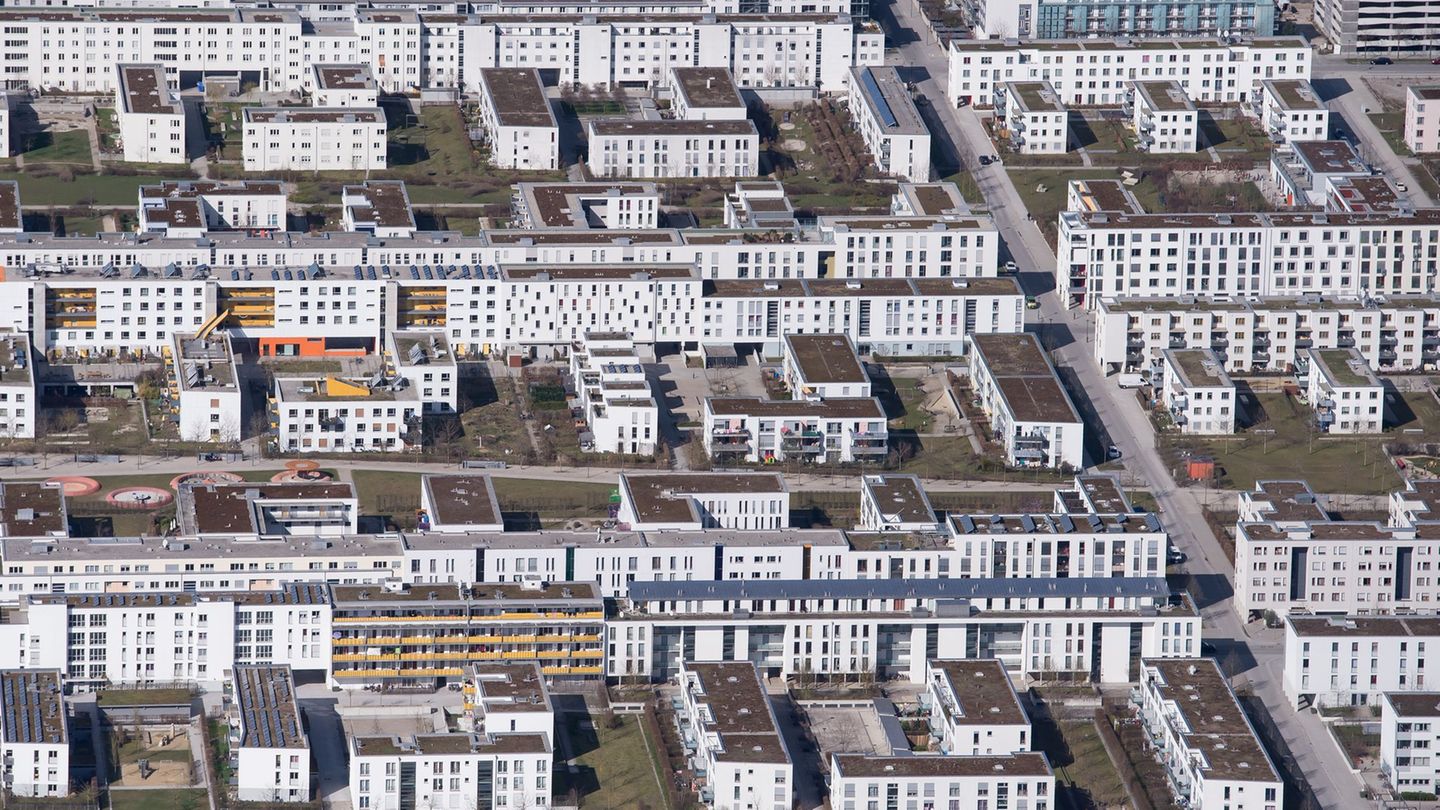The entity stressed, however, that there is a “lack of certainty” around these data and the simulation scenarios range between a minimum growth of 0.5% and a maximum of 5.5%.
He also indicated that “the greatest immediate economic impact of the crisis” was “a sharp rise in commodity prices.”
“Although they represent a small percentage of world trade and production, Russia and Ukraine are key in essential goods such as food, energy and fertilizers, supplies that are now threatened by the war with stoppages in grain shipments in the ports of the Sea Black and potential consequences on food security in poor countries”explained a statement from the organization.
According to WTO data, Russia and Ukraine produce 25% of the world’s wheat, 45% of sunflowers and 15% of barley.
Similarly, Russia exports 9.4% of fuels and 20% of natural gas.
In addition to the war, commercial exchange, especially that carried out by sea, is affected by the confinements in China that can cause a new “shortage of manufactured products and higher inflation.”
“The war in Ukraine caused enormous suffering, but it also damaged the global economy. Its impact will be felt around the world, especially in low-income countries where food accounts for a large fraction of household spending,” said WTO Director-General and former Nigerian Finance Minister Ngozi Okonio-Iweala.
In this sense, the head of the agency asked governments and multilateral organizations to work together to facilitate exchange at times of strong inflationary pressures in essential goods and difficulties in supply chains.
For his part, he warned of the risk that the war will generate a “disintegration of the world economy into different blocs” based on geopolitical reasons.
“History teaches us that dividing the world economy into rival blocs and turning our backs on the poorest countries does not lead to prosperity or peace,” said Okonio-Iweala, who considered that the WTO could play a role “by provide a forum where countries discuss their differences without resorting to force”.
After a 2021 with strong rebounds in world exports -which averaged an increase of 9.8%-, they are expected to stand with an average growth of 3.4% in North America, 2.9% in Europe, 1.4% in Africa, 11% in the Middle East and 2% in Asia, while in South and Central America a decrease of 0.3% is expected.
Meanwhile, imports would grow 3.9% in North America, 4.8% in South and Central America, 3.7% in Europe, 2.5% in Africa, 11.7% in the Middle East and 2% in Asia.
The WTO also lowered its world gross domestic product growth projection (which grew 5.7% in 2021), from 4.1% to 2.8% for this year, which is expected to pick up slightly to 3.2% in 2023, thus placing it in the average growth of the 3% that characterized the 2010-2019 period.
Source: Ambito
David William is a talented author who has made a name for himself in the world of writing. He is a professional author who writes on a wide range of topics, from general interest to opinion news. David is currently working as a writer at 24 hours worlds where he brings his unique perspective and in-depth research to his articles, making them both informative and engaging.




